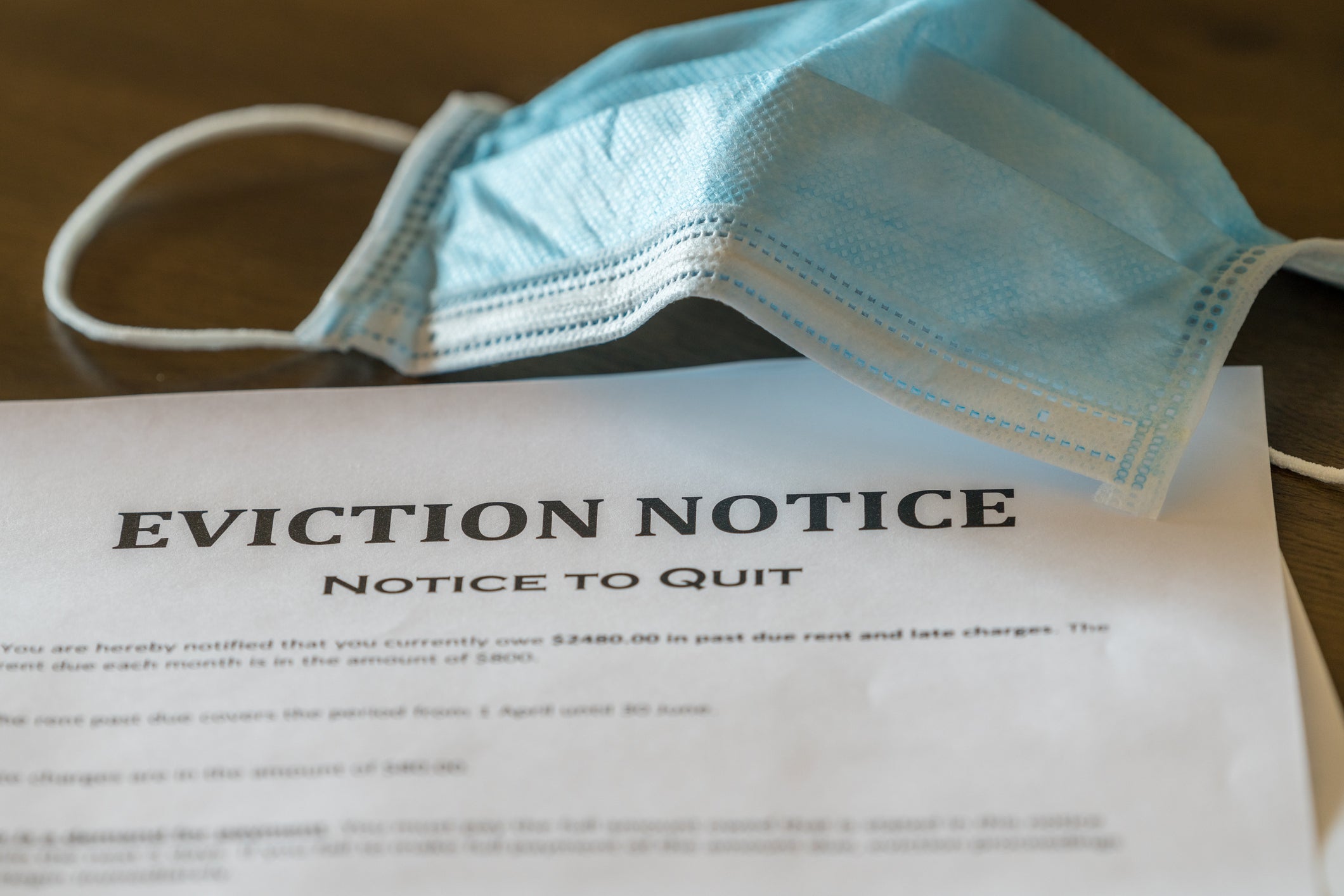via CHLPI blog
by Nicholas Hanel and Ata Nalbantoglu, FLPC clinical students

In a recent push to promote the donation of food to prevent safe, edible food from going to waste, in December 2020 the USDA’s Food Safety Inspection Service (FSIS) published a draft Guideline to encourage the donation of meat and poultry products. The draft Guideline, “FSIS Guideline to Assist with the Donation of Eligible Meat & Poultry Products to Non-Profit Organizations” (docket no. FSIS-2020-0030), streamlines the food donation process for both food producers and recipient non-profits, presenting a welcome update to clarify the application to food donation of the often-confusing web of USDA regulations. As FLPC has reported elsewhere, guidance like this is a much-needed step to clarify the food safety best practices and regulations that apply to donation, making donation of safe, edible food easier for everyone involved. By issuing clarifying guidance to demystify safety regulations that apply to food donation, FSIS is helping to enable donors to donate food with confidence that they are complying with USDA regulations, ultimately reducing the waste of perfectly healthy and safe foods. FLPC recently submitted comments commending FSIS on this important and useful Guideline, and sharing several specific suggestions for FSIS to strengthen elements of the Guideline.
Overall, the Guideline does an excellent job of promoting food donation. The Guideline facilitates food donation by promoting the message that food is generally able to be donated unless there is a specific safety concern, streamlining the process for donating misbranded and economically adulterated foods, and clarifying that voluntary date labels are not indicators of food safety and thus that food past such date can be donated. However, there are still a few areas that could be clarified further, which will be discussed in Section II of this post.
FSIS’ structure of the Guideline is written in a way that makes it clear that the default rule is that meat and poultry should be eligible for donation, rather than having the default be that food cannot be donated. The Guideline includes only a short list of foods that cannot be donated: namely, if the food is adulterated or is an experimental product. This correctly puts the emphasis on only preventing donation in the case of safety concerns, making things much clearer for interested organizations.
In emphasizing safety, FSIS allows for misbranded or economically adulterated foods to still be eligible for donation. FSIS recognizes that, while selling such foods would be fraudulent, misbranded or economically adulterated foods are still safe to eat. So long as the donor puts on a “Not for Sale” label, these foods may be donated.
Importantly, FSIS’ Guideline also echoes previous guidance published by USDA regarding the use of voluntary date labels. Date labels such as “best if used by” or “sell by” often lead to a large amount of confusion, both amongst consumers and food donors. Contrary to the assumption of many Americans, these labels only indicate freshness or quality, not safety. Some estimates attribute around $2.4 billion in food waste per year as a result of this confusion. In the Guideline, FSIS clarifies that these date labels are largely unregulated, and many products may still be safe to eat even after the date listed. This clarification will help give food donors more confidence that past-date food is still safe and is eligible for donation.
As noted above, FLPC applauds the FSIS’s efforts to facilitate the food donation process through the Guideline. The document is a welcome step and will help both food-donors and recipient non-profit organizations. The document distills some of the most common questions food manufacturers face when dealing with meat and poultry products, identifying which foods can generally be donated. However, the Guideline can be improved even further with certain additions and clarifications.
First, the “Donation Flowchart” in the Guideline can better account for state inspection done in facilities operating under the Cooperative Interstate Shipment (“CIS”) program. The CIS program allows state facilities to meet federal standards and thereby be eligible for interstate donation. Accounting for this fact will make the diagram more accurate.
Second, the Guideline will benefit from providing insight on the Emerson Act. The Guideline offers an excellent opportunity to generate awareness and emphasize existing comprehensive immunity for potential liability stemming from food donations. Unfortunately, many potential donors choose not to donate for fear of legal liability that may occur downstream when a consumer gets sick from the donated products. Although this is unlikely, such fear has been a persistent deterrent in the food donation space. Therefore, including even a brief section on the Emerson Act will alleviate these concerns and help USDA meet its duty to raise awareness of the Act.
Third, the Guideline will benefit from clarifying the guidance on custom meat processing and slaughter. State and local authorities play critical roles in custom meat processing/slaughter, and the Guideline should acknowledge this current practice. Recognizing the landscape in custom meat processing will help avoid confusion and potential jurisdictional concerns. Also, since game meat technically is under FDA’s jurisdiction, the table under custom meat processing/slaughter should be more equivocal on whether facilities can donate such foods to account for possible FDA regulations, in addition to any state laws.
FLPC’s comment is wholeheartedly supportive of both the effort FSIS has taken to draft this Guideline, and with the overall message and content of the Guideline.
Filed in: Clinical Spotlight, Legal & Policy Work
Tags: Ata Nalbantoglu, Center for Health Law and Policy Innovation, CHLPI, Class of 2022, FLPC, Food Law and Policy Clinic, Nicholas Hanel
Contact Office of Clinical and Pro Bono Programs
Website:
hls.harvard.edu/clinics
Email:
clinical@law.harvard.edu